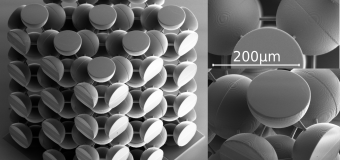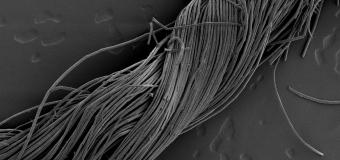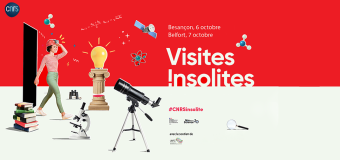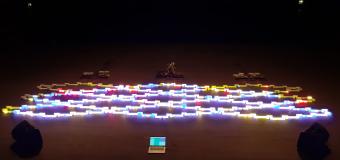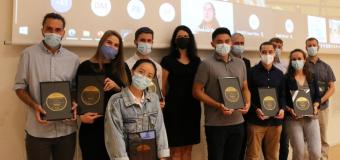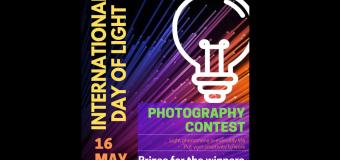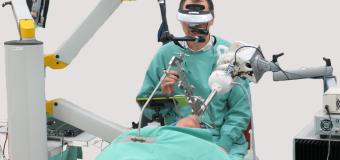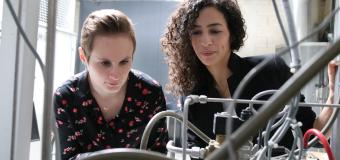Understanding energy transfers during photosynthesis
Using three pigments manipulated by scanning tunneling microscopy, researchers from IPCMS and FEMTO-ST are studying energy transfers between molecules to gain a finer understanding of the photosynthesis mechanism in plants. This work is published in Nature Chemistry.
Photosynthesis allows plants to transform solar energy into chemical energy necessary for their growth. This mechanism is carried out by a complex assembly of organic molecules, the pigments, whose purpose is to collect, transport and transform solar energy. The successive energy transfers are made by jumps between neighboring molecules, but also via collective phenomena, potentially coherent, involving simultaneously a larger number of pigments. To better understand these effects, it is necessary to unravel these pigment assemblies in order to study separately the role of each active unit in photosynthesis. In this study, using a "bottom-up" approach, the researchers use model pigments isolated from each other, which they then reassemble to form the first functional bases capable of reproducing the energy transfer mechanisms involved in photosynthesis.
Three different pigments are thus deposited by evaporation on a surface in very small quantities, in order to have molecules that are far from each other. A scanning tunneling microscope is used to visualize each of the pigments, and then to manipulate them one by one, in order to form structures close to the elementary bricks observed in natural photosynthetic systems. A first pigment, called donor, absorbs an excitation. A second pigment acts as an intermediary which, depending on its nature, increases or reduces the efficiency of the energy transfer. A third pigment, acceptor, transforms this energy into photon. In the experiment, the scanning tunneling microscope is used to emit an electron to generate a local excitation of one of the pigments, which allows to reproduce the mechanism of absorption of a photon by a pigment of the plant. The energy received by the acceptor is converted into photons rather than chemical energy. The reaction is thus a reverse photosynthesis, with the capture of an electron leading to the release of a photon, but the energy transfers take place in the same way.
This approach allows to control the distance and orientation between the pigments with a precision close to the distance between two atoms and the researchers were able to highlight the role played by interactions in the energy transfer mechanism. These interactions are either long range, such as dipole-dipole, or short range, the latter depending on a mechanism, called exchange, specific to quantum physics. This study also shows that, depending on its chemical nature, the intermediate pigment can play a role of active relay of the excitation, amplify the energy transfer between two molecules without directly intervening in the process, or partially block it.
Thus, by using elementary bricks similar to those used by the plant to transport and convert solar energy, the researchers have developed a platform to reproduce the fine mechanisms of photosynthesis and, in the near future, elucidate them.
[[{"fid":"8533","view_mode":"wysiwyg_350w","fields":{"format":"wysiwyg_350w","alignment":"","field_file_image_alt_text[und][0][value]":false,"field_file_image_title_text[und][0][value]":false,"external_url":""},"type":"media","field_deltas":{"2":{"format":"wysiwyg_350w","alignment":"","field_file_image_alt_text[und][0][value]":false,"field_file_image_title_text[und][0][value]":false,"external_url":""}},"attributes":{"class":"media-element file-wysiwyg-350w","data-delta":"2"}}]]
Schematic of the experiment where the tip of a scanning tunneling microscope (in gray) is used to excite an assembly of three pigments close to those involved in plant photosynthesis. The excitation generated in the blue pigment is transferred, sequentially, to the red pigment where the energy is transformed into photon (top). Hyper-resolved fluorescence image of the three pigments (bottom). (Credit: Guillaume Schull, IPCMS)
DOI : 10.1038/s41557-021-00697-z.
Contact at FEMTO-ST : Frédéric Cherioux, CNRS Senior researcher


